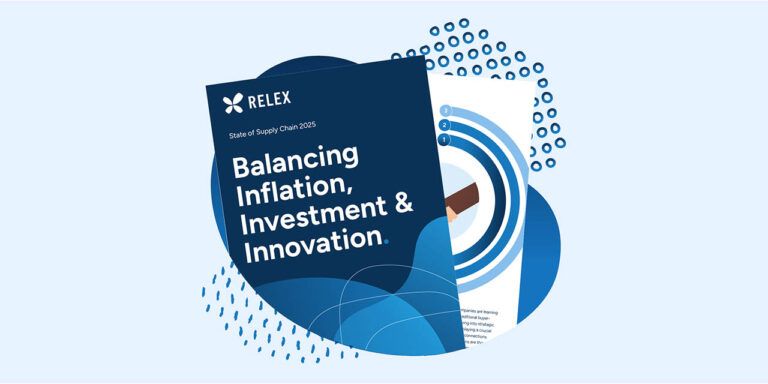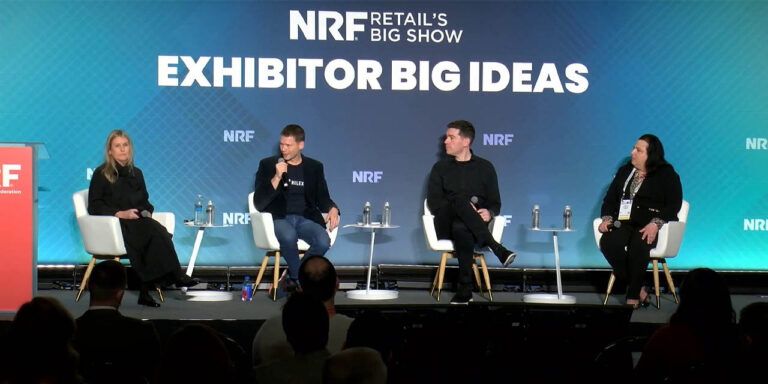The age of living retail: Staying ahead when change is the only constant
Oct 14, 2019 • 3 min
The forces disrupting modern retail have reshaped consumer behavior, creating a generation of customers pre-conditioned to expect change. Retailers often focus on the big moments in technological innovation, when disruptors like Amazon or Alibaba seem to up-end both customer behavior and industry players, forcing traditional retailers to reevaluate their business models.
The watershed moments are important, of course, but they’re not really the whole picture — because change is happening even in the unpublicized moments. It’s happening in increments. It’s happening every day, on an on-going basis. We’re living in the age of Living Retail, where change is actually the only thing that’s constant.
Blurring Lines
Retail experts often make sweeping proclamations about the impending replacement of brick-and-mortar by e-commerce. It’s not that traditional retail is dying, though — it’s just that the lines between online and offline are blurring and changing every day.
The accumulated behavioral shift is significant: shopping, while once thought of a social activity that brought friends together, is increasingly conducted on computers and mobile devices while malls sit empty. Public attention often focuses on rising store closures and bankruptcies, so it’s unsurprising that the future of brick-and-mortar retail feels so uncertain.
But things aren’t quite what they seem. Since January 2017, US retail has actually added — not lost — some 8,575 stores, while also seeing sales increase by over $550 billion. Meanwhile, online giants like Amazon are investing in brick-and-mortar stores, with incumbents like Walmart and Target increasingly pushing online fulfillment through their existing store networks. The rise of e-commerce isn’t the death of traditional retail — it’s just a change agent that retailers must adapt to as they rethink aging business models.
Conflicting Pressures
The rising importance of e-commerce isn’t the only trend driving change in retail today. For example, brands are now more likely to sell directly to consumers, eroding the role of traditional powerhouses like department stores. Grocers are investing in private-label brands and products, often offering good quality at greater value than the big CPGs. Consumers demand two-day, one-day, or even same-day delivery even as they call for corporate consciousness regarding environmental impact and sustainability.
In short, retailers are being pushed from behind by industry disruptors while being pulled in different, often directly conflicting directions by customer expectations. In the age of Living Retail, the ground is always moving beneath us, and this puts many retailers at a disadvantage. How can you turn it into an opportunity?
Optimizing Retail for Every Future
While retail is unquestionably undergoing massive and constant transformation, it’s impossible to predict where it’s actually heading with any real certainty. The forces at play are simply too powerful, too unpredictable, and often conflicting. Living Retail is a state of constant flux, and retailers must plan for every possible future they might encounter — not just the static vision of the future they’re predicting today.
Living Retail is a state of constant flux, and retailers must plan for every possible future they might encounter — not just the static vision of the future they’re predicting today.
We believe that those retailers who deploy data-driven, algorithmic processes to develop more autonomous, efficient operations are the ones who will stay competitive in the years to come. Retailers must be able to leverage AI and high-performance computation power to automate enormous amounts of repetitive tasks, including demand forecasting, store replenishment, and planogram optimization — but they also need agile and responsive technology that can readily adapt to changing business conditions, improving their resiliency in the market. Self-learning, self-optimizing retail optimization technology like our Living Retail Platform addresses both needs, while also freeing up company personnel to target the highest value tasks that require focused attention.
Our “configure, don’t code” approach gives retailers unprecedented control over their process configurations, helping personnel achieve those high value goals. RELEX users can continuously hone their planning and optimization so their business can adapt to changes in their own operations, demand, trends, or competition. With adaptive retail processes, retailers can quickly and easily implement changes that give them the resiliency and flexibility needed for a competitive edge.
This post has been the first in our four-part series on the challenge of Living Retail. Stay tuned for the next three installments, in which we’ll explore the major change agents in the age of Living Retail: a power shift toward the consumer, the effects of increasing urbanization, and the ever-growing importance of sustainability.



